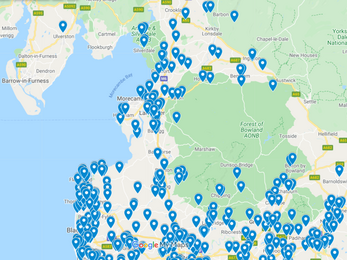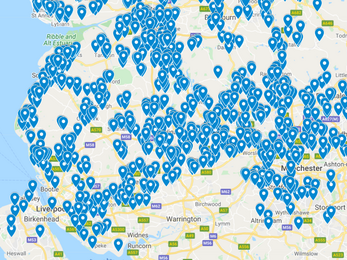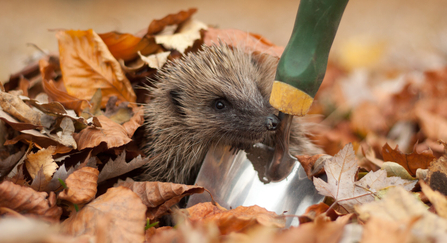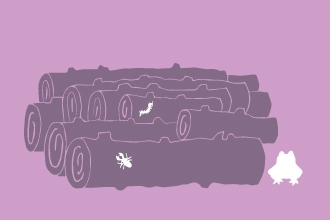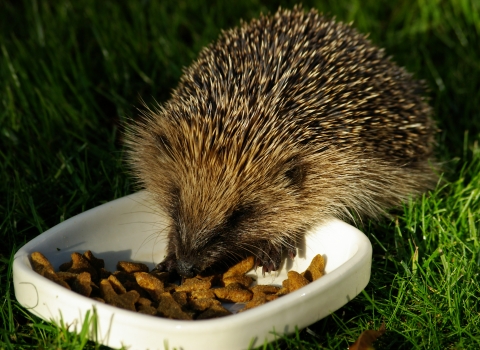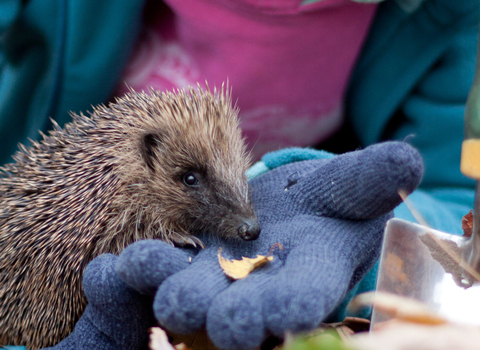It’s no secret that hedgehogs are in trouble. In 2020, hedgehogs were officially classed as being vulnerable to extinction in the UK and added to the Red List of Britain’s mammals: a record of at-risk species. A 2018 report by the People’s Trust for Endangered Species and the British Hedgehog Preservation Society estimated that more than half of the hedgehogs in rural areas, and around a third of those in urban areas had disappeared since the year 2,000.
For three years we’ve conducted an annual hedgehog survey to see if the hedgehog populations in our region mirror the trends seen across the rest of the country. We were thrilled that, this year, so many of you wanted to help, and we saw a 25 per cent increase in survey responses!


